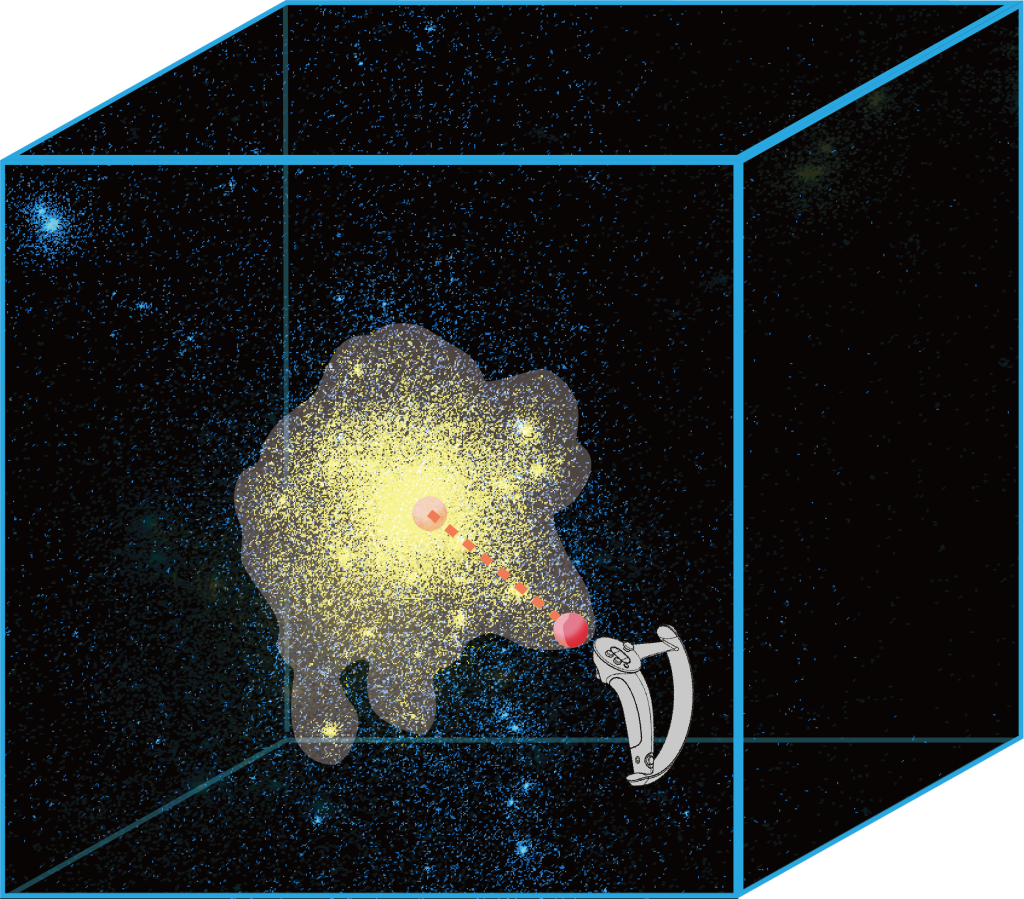Immersive Environments
including virtual, augmented, and mixed reality, provide users with an engaging and interactive way to explore information. Our focus lies in how immersive visualization supports users in understanding and analyzing complex datasets by leveraging spatial interactions, adaptive visualization techniques, and intuitive interaction modalities. Here lists an overview of my research topics:
Immersive Visualization
These environments overcome the spatial limitations of 2D screens but also introduce challenges in understanding complex data. Issues such as occlusion and misinterpretation of data features arise due to the 3D perspective view. To address these challenges, we explore methods that enhance spatial awareness, reduce occlusion, and enable seamless navigation through multi-scale and abstract data representations.


Accessible Interaction and Visualization
In a data-driven world, extracting insights from complex information is crucial. Data visualization supports this by leveraging human pattern recognition and exploratory abilities. However, its reliance on visual representations can create accessibility barriers for users with sensory, motor, or cognitive impairments, as well as those with situational constraints. To address this, we develop frameworks that integrate alternative sensory modalities, ensuring more inclusive access to data. By understanding diverse user needs, designing accessibility support tools, and enabling customized data representations, we aim to enhance information access, consumption, and creation across abilities and contexts.
Visual Storytelling
The amount of data produced by imaging systems is growing in size and complexity. Domain experts are analyzing and discussing the data, extracting useful information and insights. Clear presentation and successful communication of the results is essential for sharing the domain experts’ understanding. Here, visual storytelling, based on creating visual stories from data, provides an effective communication solution.